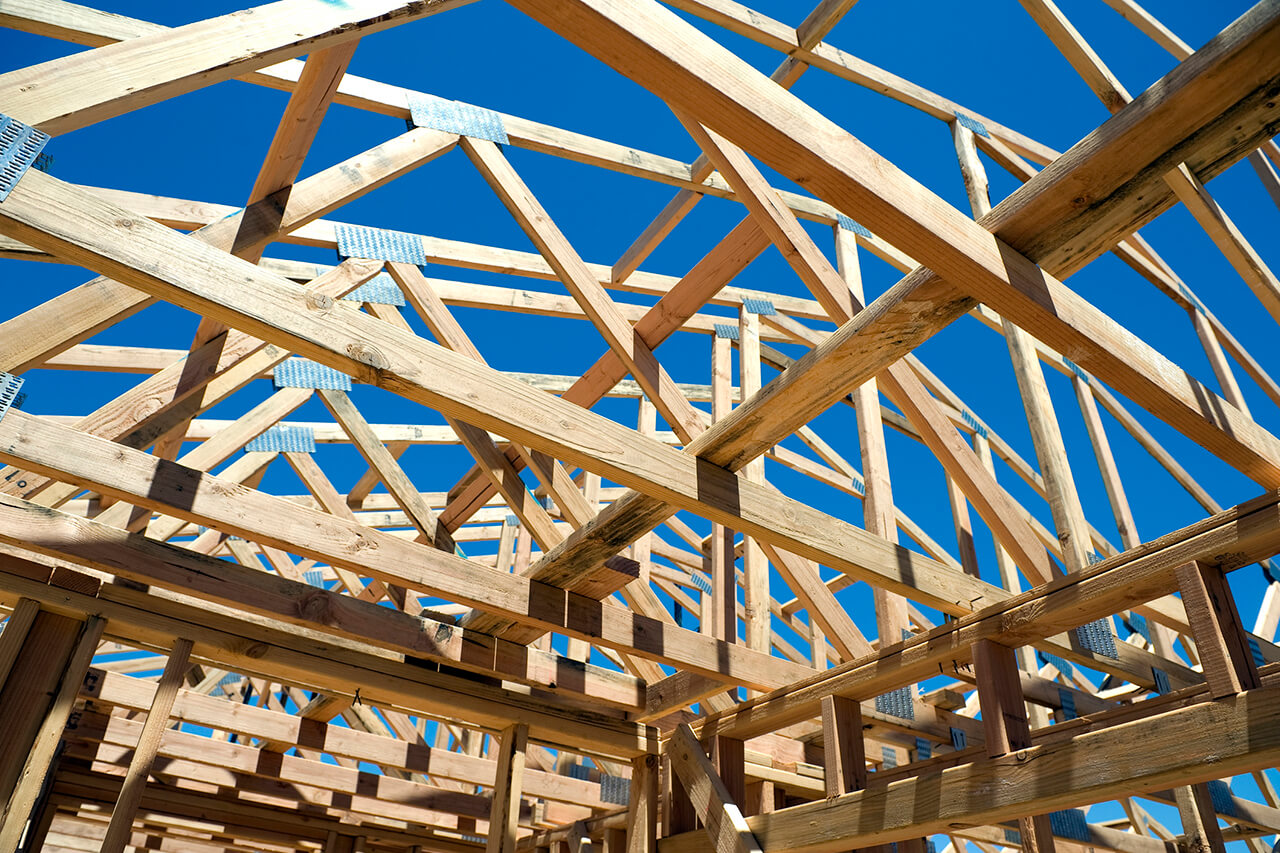Resource Center
Tips and tools to help you tackle any home project.


Popular projects near you
- from $1,890
Home Cleaning
from $85Roof Repair
from $594Fence Repair
from $380Appliance Repair
from $264Pest Control
from $186Gutter Services
from $575Plumbing Services
from $210
Explore top articles
From average costs to expert advice, get all the answers you need to get your job done.

Budget for solar panel repair costs based on factors such as system type, panel size, accessibility, repair type, labor, parts, inspections, and more.

Budget for kitchen remodel costs based on factors like scope, appliances, kitchen size, location, flooring and countertop materials, labor, and more.

Budget for the cost to remodel a small bathroom based on factors such as required fixtures, bathroom size, labor, remodel type, site prep, and more.

The cost to replace a water heater depends on the type and size of heater you choose. Understand all the cost factors before you take on this project.

Budget for roof truss costs based on factors such as size, materials, labor, accessibility, site prep, building type, and more.

Budget for solar water heater costs based on factors such as system type, collector type, location in the home, labor, tax credits, and more.






